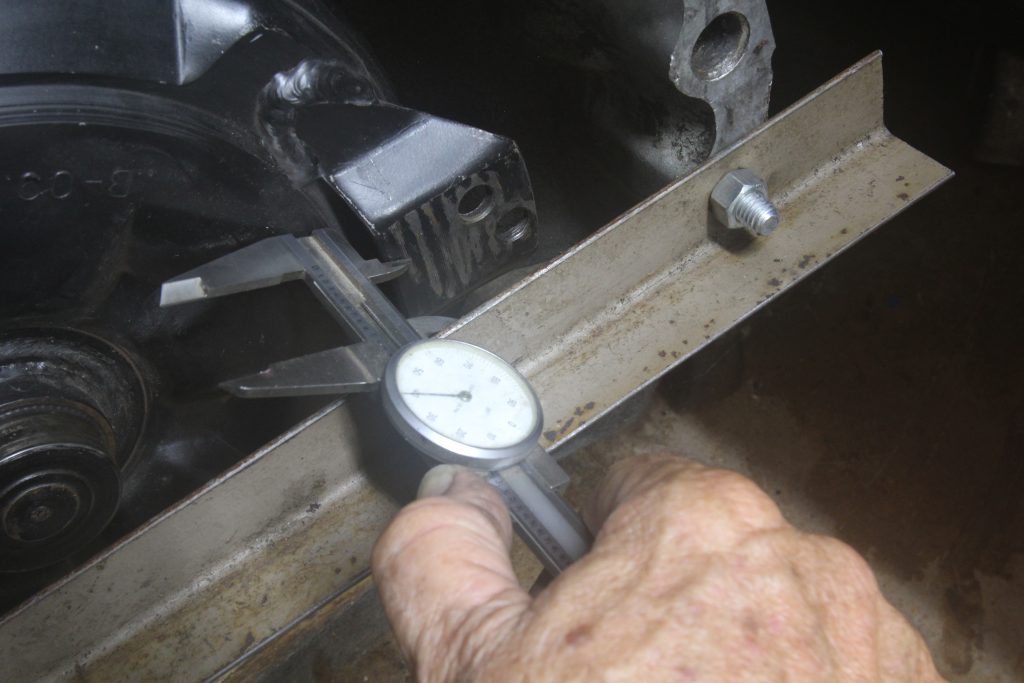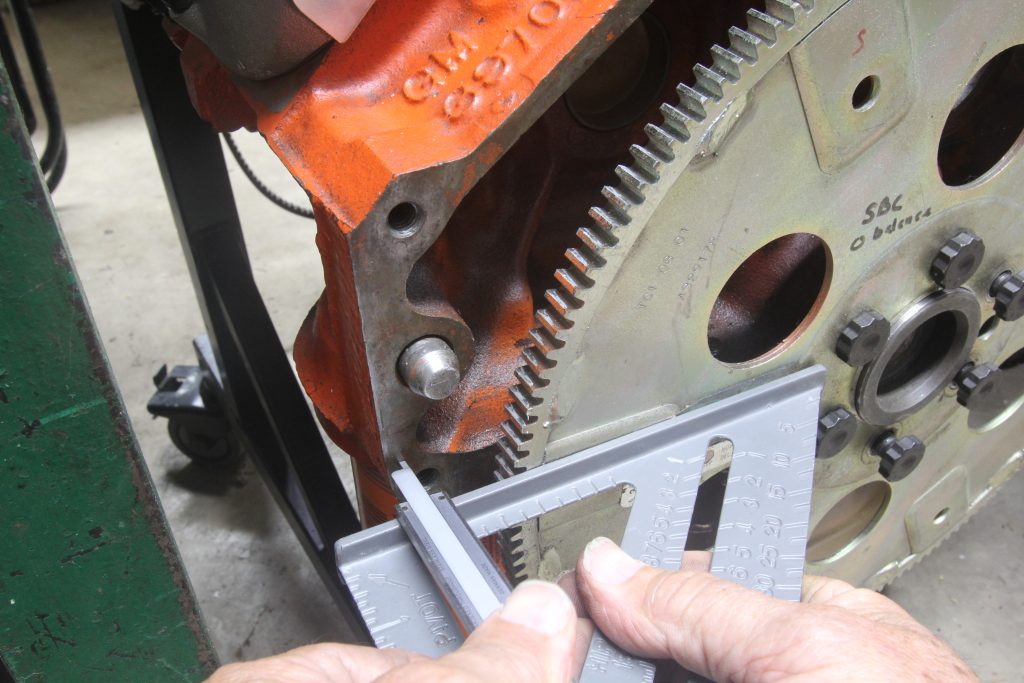We’re building a 383ci small block-powered 1972 Chevy pickup and we thought we’d hook the transmission to the engine before we go much further with the build on the truck. After we bolted the TH350 trans to the block, the flexplate was jammed so tight to the converter that we can’t move the converter to line up the bolt holes on the converter to the flexplate. We’re pretty sure that the converter is fully seated in the transmission.
Is there something else that could be wrong?
J.B.
Before we get into the details, it’s important to state right up front that, if the converter does not exhibit the proper clearance of at least 0.080 to 0.100 inch between the converter and the flexplate, you do not attempt to bolt the converter in place and start the engine.
What is happening is the converter is pushing forward on the flexplate and, once it expands with normal operating temperature, it will force the converter into the front pump—which will cause massive damage to the transmission pump.
Worse yet, this condition will also force the crankshaft forward in the engine pushing on the engine’s thrust bearing which will likely damage it and cause excessive crankshaft endplay.
Both of these issues will cause major damage that is very expensive to repair. All this is a warning to ensure that the proper torque converter clearance is achieved before the transmission is bolted up to the engine.
***
Before we assume that you actually have fully seated the torque converter, it would be wise to check the distance from the transmission bellhousing face to the converter mounting pads. We’ve created a chart below that will list the distance from the bellhousing face to the torque converter mounting pads. For your TH350, this spec is 1.125 inches—but the distance can vary by 0.050 inch on either side.
If the converter is not fully seated in the transmission, this distance from the bellhousing to the converter lugs will be shorter or may produce the issue that you are dealing with.

Assuming that you have fully seated the converter in the bellhousing, the problem may be with the flexplate. With a small block Chevy, the distance from the bellhousing flange to the converter mounting pads should be 1.00 inch. Compare this figure to the distance from the transmission bellhousing flange to the converter mounting lugs for a TH350 of 1.125 inches and you can see that there should be roughly 0.125 inch of clearance if everything is correct.

It’s possible that your flexplate is bent, cracked, or warped such that this 0.125 inch clearance has been lost. It’s also possible that a poorly made flexplate uses deeper mounting pads than stock or that one or more of the pads is misplaced. Coming back to ensuring that the converter is fully seated, we had a TH400 one time that, after a half-hour of attempting to fully seat the converter, it appeared something was wrong. After removing and inspecting it , we then attempted again to mount it and it fell right into place.
The point is that sometimes it requires more than a casual attempt to fully seat the converter.
If you find you cannot get the converter to fully seat, it may require help from a professional transmission shop to inspect the converter and/or the transmission to determine the problem. But as we mentioned in the beginning of this answer, never attempt to force the issue by jamming the converter in place without the proper clearance.
The damage that this causes is far worse than just a slight inconvenience!
Proper Torque Converter Clearance
| Transmission | Distance |
|---|---|
| Powerglide | 1.125″ |
| GM TH350 | 1.125″ |
| GM TH400 | 1.185″ |
| GM 700-R4 | 1.125″ |
| GM 4L60E | 1.125″ |
| GM 4L80E | 1.030″ |
| Ford C6 | 1.125″ |
| Ford AODE | 1.030″ |
| Chrysler 727 | 1.250″ (From bellhousing flange to rear) |

Excellent info once again! Thanks!